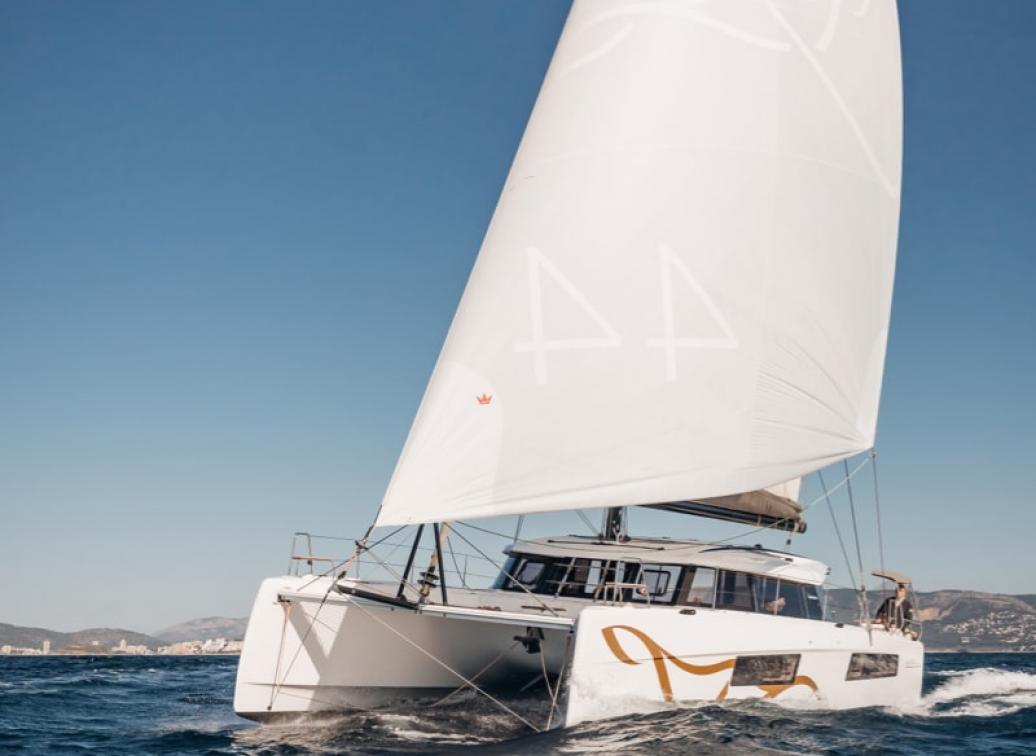Before reviewing other potential sources of energy on board, it is therefore necessary to draw up the electrical balance of the catamaran. Here, the advice of Nautitech professionals will be valuable.
In the meantime, here are some useful benchmarks on the consumption of the devices on board. Knowing that most of the Nautitech owners on a long trip have chosen to keep a voltage of 12 volts for the electrical circuit, it is time to take a calculator and add up the needs of big consumers on board, those that operate twenty-four hours a day.
Count five amps on average for the autopilot, the refrigerator (up to ten for a freezer, depending of the quality of the insulation), and the chart plotter and the displays.
Add to that the intermittent devices:
- Pressurized water (6 amps)
- Computer (4 to 6 amps)
- Radar (3 amps approx.)
- Watermaker (1 amp. for each produced liter)
- And possibly the washing machine (80 amps), very greedy, therefore, to use sparingly.
To avoid unpleasant surprises, you can decide that the electric winch (150 amps) will only work, like the windlass, with the engines on. Thanks to the LEDs, the consumption of the running lights, the deck projector and the interior lighting is much lower than it used to be.
Once the calculations are done with the universal formula:
- P (in watts) = U (in volts) x I (in amps)-,
and the needs on twenty-four hours specified, you can choose the battery capacity. Bearing in mind that conventional lead-acid batteries age very quickly if they fall below 50 % charge, unlike lithium-ion modules, more compact, lighter but much more expansive. As an example, Kumbaya has an AGM battery park of 810 amps hour.
To charge these batteries, once again the advantage of catamarans is obvious. You can cover their large roof aeras with solar panels. Kumbaya’s have a power of 1 200 watts. However, given the grey days when the cells yield little and nights when they give nothing, adding a hydrogenator can be a very effective solution.
At eight knots, an average speed easily reached by the Nautitech, a device like this will cover most of the consumption on board.
As for the wind turbines, keep in mind two disadvantages: when crossing the oceans by the trade wind route, you sail most of the time on a broad reach (or even like Kumbaya, dead downwind, with the mainsail furled and wearing only a Parasailor hyper-stable spinnaker type), a point of sailing where the apparent wind is light.
As for anchorages, the best are often located along the leeward coasts, well sheltered from the wind…
The Diesel generator can then appear as the absolute answer to the needs of electrical energy. Surely.
With several reservations, however: in addition to its price, this equipment forces to carry the additional fuel necessary for its consumption. It therefore means extra weight. And generates -it is the case to say- possibly an additional concern: its maintenance is not always easy in remote islands.







